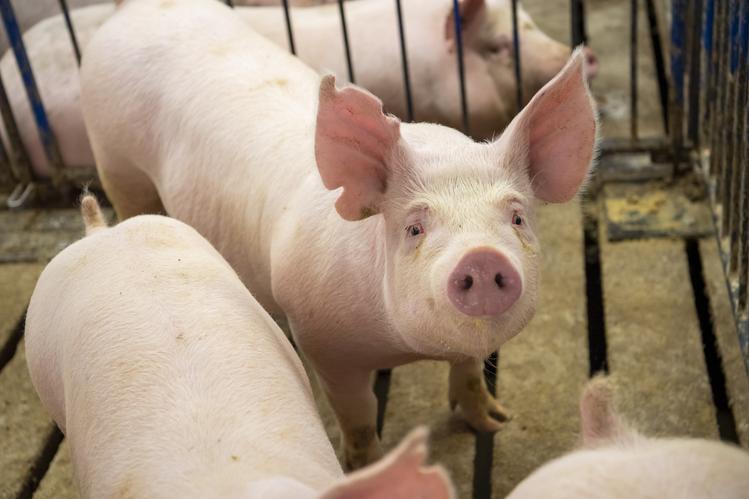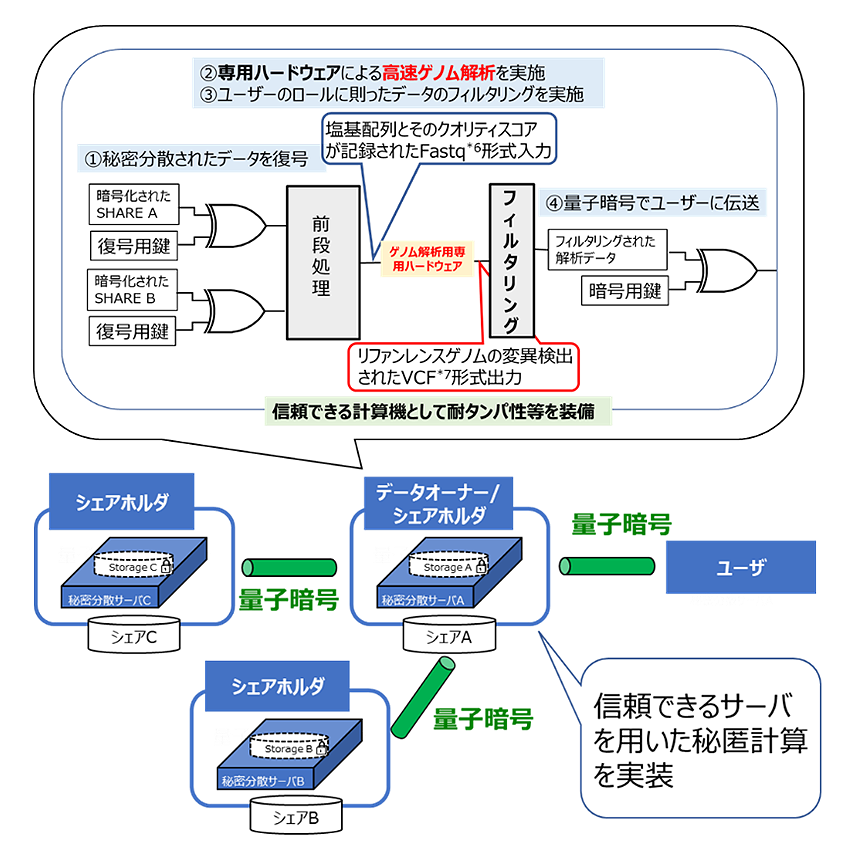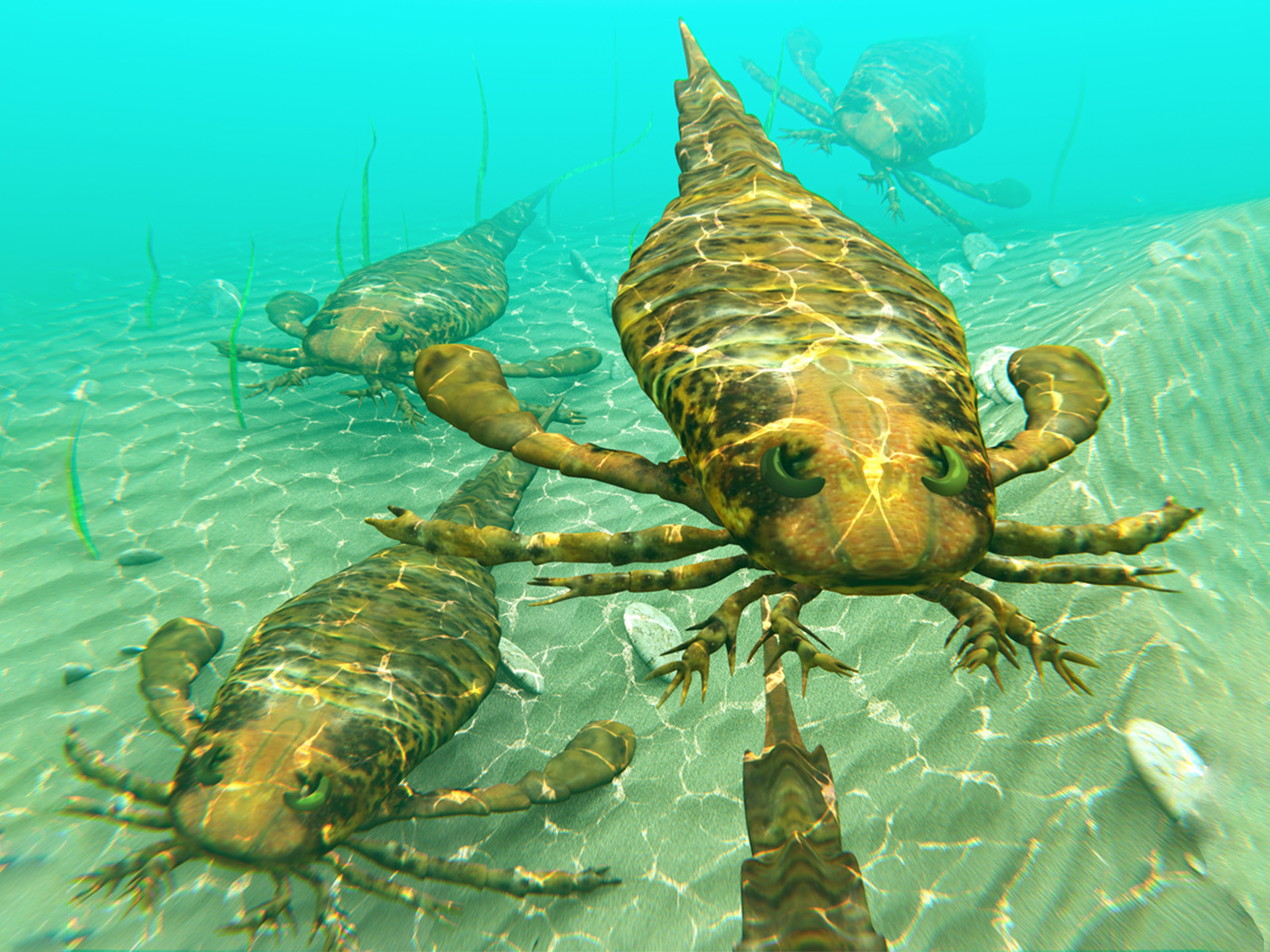2022-11-17 イリノイ大学アーバナ・シャンペーン校

新しい研究によると、高オレイン酸 大豆油は DDGS の代替品として、育成豚と豚肉加工特性の両方において良好な性能を示すことが判明 した。
研究チームは、標準的なトウモロコシ-大豆粕仕上げ飼料に、脂肪源として ジスチラーズ・ドライド・グレイン( DDGS) または高オレイン酸 大豆油(HOSO)を加えたものを育成豚に給与した。研究チームはDDGS を 25%、HOSO を 2%、4%、または 6%の割合で完全飼料に配合した。
高オレイン酸大豆油を給与したところ、1 日当たりの平均飼料摂取量が減少した。
最初の研究では、生育成績に加えて、枝肉全体の特徴に焦点を当てた。
研究者らは、各飼料のプライマリー重量にほとんど差がないことを発見したが、全体的な傾向として、HOSO の割合が高くなると脂肪の厚みが増し、無脂肪赤身が減少することが分かった。
2つ目の研究では、同じ豚のロースと腹の品質のみに着目し、嗜好性を含めた。その結果、飼料が最も価値の高いプライマルカットに影響を与えるかどうかを評価することができた。
HOSO を給与した豚の嗜好性、酸化、腹肉およびロインの品質には DDGS 飼料と比較してほとん ど影響がなかった。予想通り、HOSO を給与した豚の腹肉は DDGS を給与した豚と比較して厚く、硬く、一価不飽和脂肪酸の割合が高か った。また、ロインチョップは、業界標準のサプリメントを給与した豚と同様に、HOSOを給与した豚の方が柔らかく、ジューシーで風味豊かであった。
<関連情報>
- https://aces.illinois.edu/news/new-monounsaturated-soybean-oil-works-well-pig-diets
- https://academic.oup.com/jas/article-abstract/100/3/skac071/6545755
- https://academic.oup.com/jas/article-abstract/100/10/skac284/6678000
成長期-仕上期の豚に高オレイン酸大豆油を給与した場合の成長成績および枝肉特性への影響 Effects of feeding high oleic soybean oil to growing-finishing pigs on growth performance and carcass characteristics
Katelyn N Gaffield, Dustin D Boler, Ryan N Dilger, Anna C Dilger, Bailey N Harsh
Journal of Animal Science Published:09 March 2022
DOI:https://doi.org/10.1093/jas/skac071
Abstract
Feeding growing-finishing pigs supplemental fat is a common practice in the swine industry and can result in improved feed efficiency and reduced feed intake; however, dietary lipids also play a key role in determining pork composition. The objectives of the current study were to evaluate the effects of feeding graded levels of high oleic soybean oil (HOSO) on growth performance and carcass characteristics. A total of 288 pigs raised in two separate blocks (144 pigs each) were assigned to one of four diets containing either 25% dried distiller’s grains with solubles (DDGS), 2% high oleic soybean oil (HOSO2), 4% high oleic soybean oil (HOSO4), or 6% high oleic soybean oil (HOSO6). Pigs were housed 4 per pen and fed for 98 d using a 3-phase feeding system. Pigs were individually weighed and feed intake was recorded throughout the trial to calculate average daily feed intake (ADFI) and gain to feed ratio (G:F). A total of 144 pigs were transported to the University of Illinois Meat Science Laboratory and fabricated into primal and subprimal cuts to calculate carcass cutting yields. Differences in growth performance were observed, with pigs fed the DDGS treatment exhibiting greater (P ≤ 0.01) overall ADFI consuming 0.21, 0.18, and 0.28 kg/d more than HOSO2, HOSO4, and HOSO6 diets, respectively. Pigs fed the HOSO6 diet had greater (P ≤ 0.03) overall G:F than pigs fed DDGS and HOSO2 diets but did not differ (P = 0.12) from pigs fed HOSO4. Furthermore, differences in carcass traits were observed. Hot carcass weight was increased (P ≤ 0.03) in pigs fed the HOSO6 diet compared with pigs fed the DDGS and HOSO2 diets, while pigs fed HOSO4 did not differ (P > 0.05) from either extreme. Additionally, pigs fed HOSO4 and HOSO6 produced fatter (P ≤ 0.01) carcasses with reduced (P ≤ 0.01) standardized fat-free lean. Minimal differences were observed in primal weights expressed as a percentage of chilled side including bone-in Boston butt, trimmed loin, and trimmed ham with primal weights decreasing with increasing inclusion of dietary HOSO. Overall, pigs fed HOSO2 had reduced ADFI with similar backfat thickness and standardized fat-free lean compared with pigs fed the DDGS treatment. However, pigs fed HOSO 4% and 6% not only had improvements in ADFI and G:F but also had increased backfat thickness, which resulted in reductions in standardized fat-free lean and primal weights expressed as a percentage of chilled side weight.
成長期-仕上期の豚に高オレイン酸大豆油を給与した場合のロースおよび腹部の品質に関する効果 Effects of feeding high oleic soybean oil to growing–finishing pigs on loin and belly quality
Katelyn N Gaffield, Dustin D Boler, Ryan N Dilger, Anna C Dilger, Bailey N Harsh
Journal of Animal Science Published:27 August 2022
DOI:https://doi.org/10.1093/jas/skac284
Abstract
Feeding growing-finishing pigs supplemental fat is a common practice in the swine industry and can result in improved feed efficiency and reduced feed intake; however, dietary lipids also play a key role in determining pork quality. Objectives of the study were to evaluate the effects of feeding graded levels of high oleic soybean oil (HOSO) on loin and belly quality. A total of 288 pig raised in two separate blocks (144 pigs each) were assigned to one of four diets containing either 25% dried distiller’s grains with solubles (DDGS), 2% high oleic soybean oil (HOSO2), 4% high oleic soybean oil (HOSO4), or 6% high oleic soybean oil (HOSO6). Following the conclusion of the feeding trial, 144 pigs were slaughtered at the University of Illinois Meat Science Laboratory. Following fabrication, loins were collected for the evaluation of fresh quality measurements and color stability. Belly quality and fatty acid composition were evaluated using skin-on natural fall bellies. There were no differences (P ≥ 0.11) in pH, visual color, lightness (L*), drip loss, or WBSF among dietary treatments. However, visual marbling was increased (P ≤ 0.01) in loin chops from pigs fed HOSO4 and HOSO6 treatments compared with chops from pigs fed the DDGS dietary treatment. Additionally, loin chops were more red (a*) (P ≤ 0.01) from pigs fed HOSO diets when compared with pigs fed DDGS. Extractable lipid was decreased (P ≤ 0.01) in fresh loin chops from pigs fed DDGS and HOSO2 diets compared with pigs fed HOSO6. There were no differences (P ≥ 0.75) in trained sensory tenderness, juiciness, or flavor for loin chops from pigs fed different dietary treatments. Pork fatty acid composition was altered by dietary HOSO inclusion, with pigs fed DDGS having (P ≤ 0.01) the greatest concentration of C16:0 and was decreased with increasing levels of HOSO inclusion. Inversely, the percentage of C18:1n-9 was least (P ≤ 0.01) in pigs fed DDGS and increased with increasing levels of HOSO inclusion. Pigs fed DDGS produced wider (P ≤ 0.03) and thinner (P ≤ 0.04) bellies with reduced flop distance compared with pigs fed HOSO diets. Overall, HOSO diets did not negatively affect fresh loin quality or sensory traits of loin chops. Furthermore, feeding HOSO to swine resulted in bellies containing greater percentages of oleic acid and reduced percentages of palmitic and linoleic acid.



